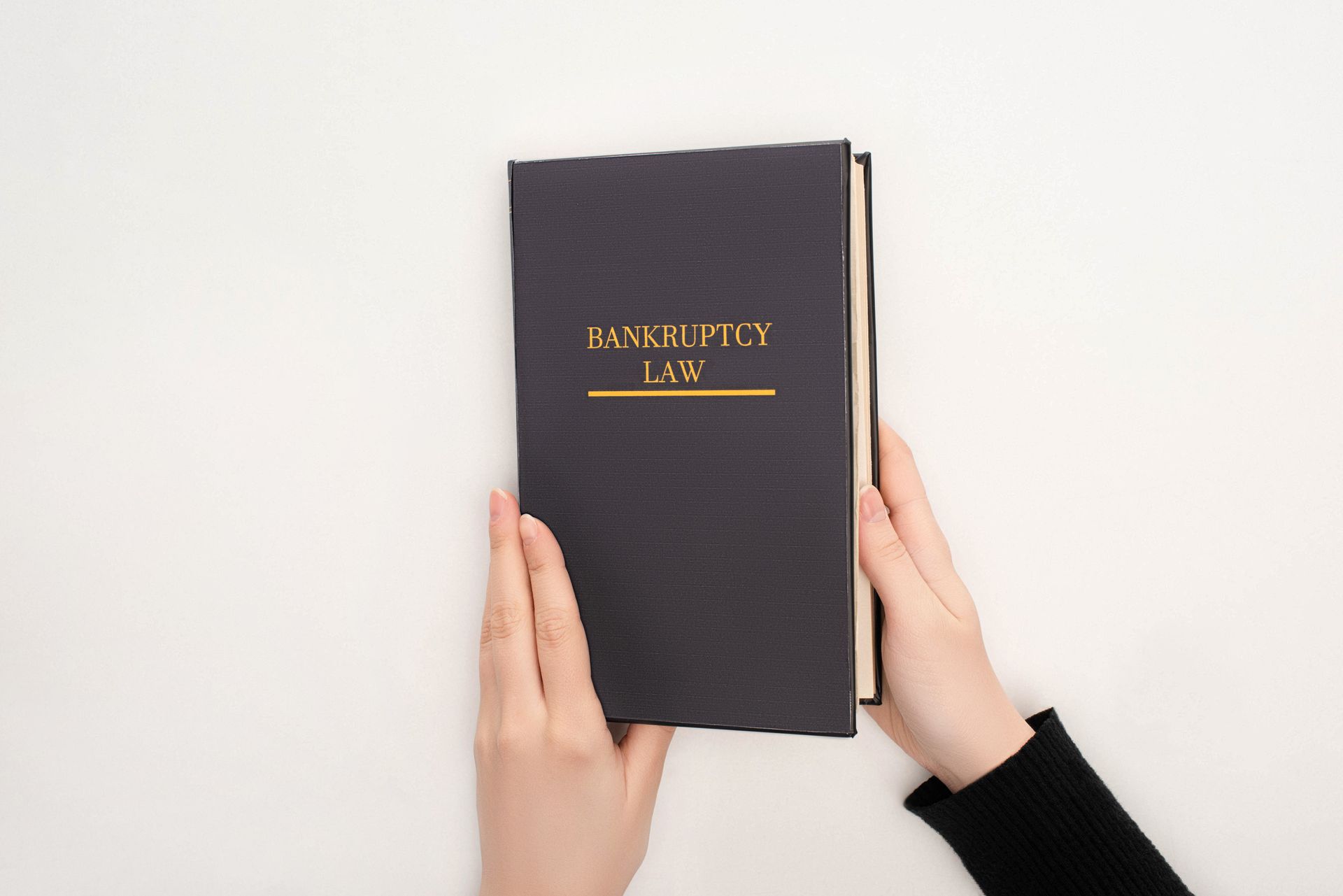Bankruptcy & Debt: How to Pay Down Unsecured Debt
Many Americans struggle with debt, overwhelming bills, and a never-ending struggle to pay off their debt. If you are trying to get debt-free, consider these tips.
Tools and Tips for Paying Off Debt :
- Identify Your Debt: The first step to take when trying to get out of debt is to get to know your debt. Ensure you are aware of every account’s balance, terms, monthly payment, fees, and payoff amount. There are many free apps and budget services that can assist consumers who want to keep track of their debt and see payments, balances, etc. in one place.
- Make a Pay Off Plan: After spending the time to get to know your debts, decide on a strategy. For instance, one popular and effective strategy is the Snowball Strategy. If you choose to use this strategy, you identify how much you can pay towards debt each month, then make the minimum payments towards all the accounts, except the account with the smallest balance. After making your minimum payments toward the other accounts, pay the all you have left towards the account with the smallest balance. This method allows you to quickly pay off one account, meaning you now have one less “minimum monthly payment” to make. Each time another “smallest” balance is paid off, the amount of money you can put toward the next “smallest balance account” increases because you have fewer minimum payments. This is just one example of a debt payoff strategy; there are many other options. The important thing is to pick one, so you have a plan.
- Stick to It: Once you identify a plan, don’t make exceptions or veer off course. For your get out of debt payoff plan to work, you have to follow through.
- Check Your Monthly Bills: To make your debt payoff strategy as effective as possible, look at your other monthly bills. If you can cut back in any other areas, you will increase the amount of money you have to put towards your debts, and putting more towards your debt means paying it off faster.
- Make More Money: After minimizing your expenses, you can consider whether you have many opportunities to make more money. Making more money is the other way you can have more funds to pay off your debt. Is there a freelance job you can pick up?
If getting to know your debts during step one leaves you stumped because you don’t have enough money each month to cover your bills, you may benefit from another option. When consumers are so buried in debt that they cannot afford to make their payments and have no hope of paying the debt off, bankruptcy offers legal protection and debt discharge.
If you cannot get out of debt and need to file bankruptcy, call Ken Rannick at Kenneth C. Rannick P.C., Tennessee, and Georgia bankruptcy attorney. We help good people through bad times.
The post Bankruptcy & Debt: How to Pay Down Unsecured Debt appeared first on Kenneth C. Rannick, P.C..










